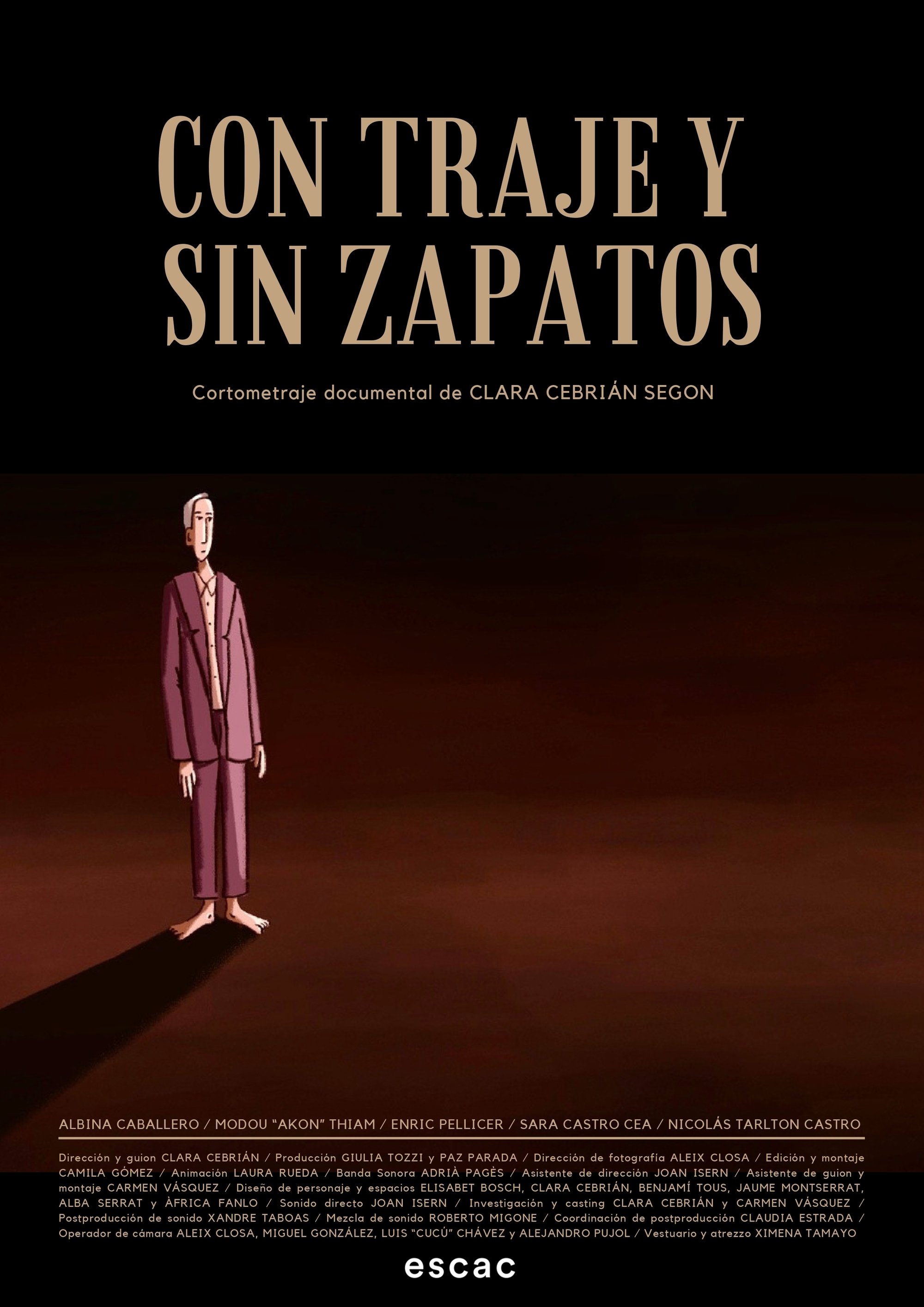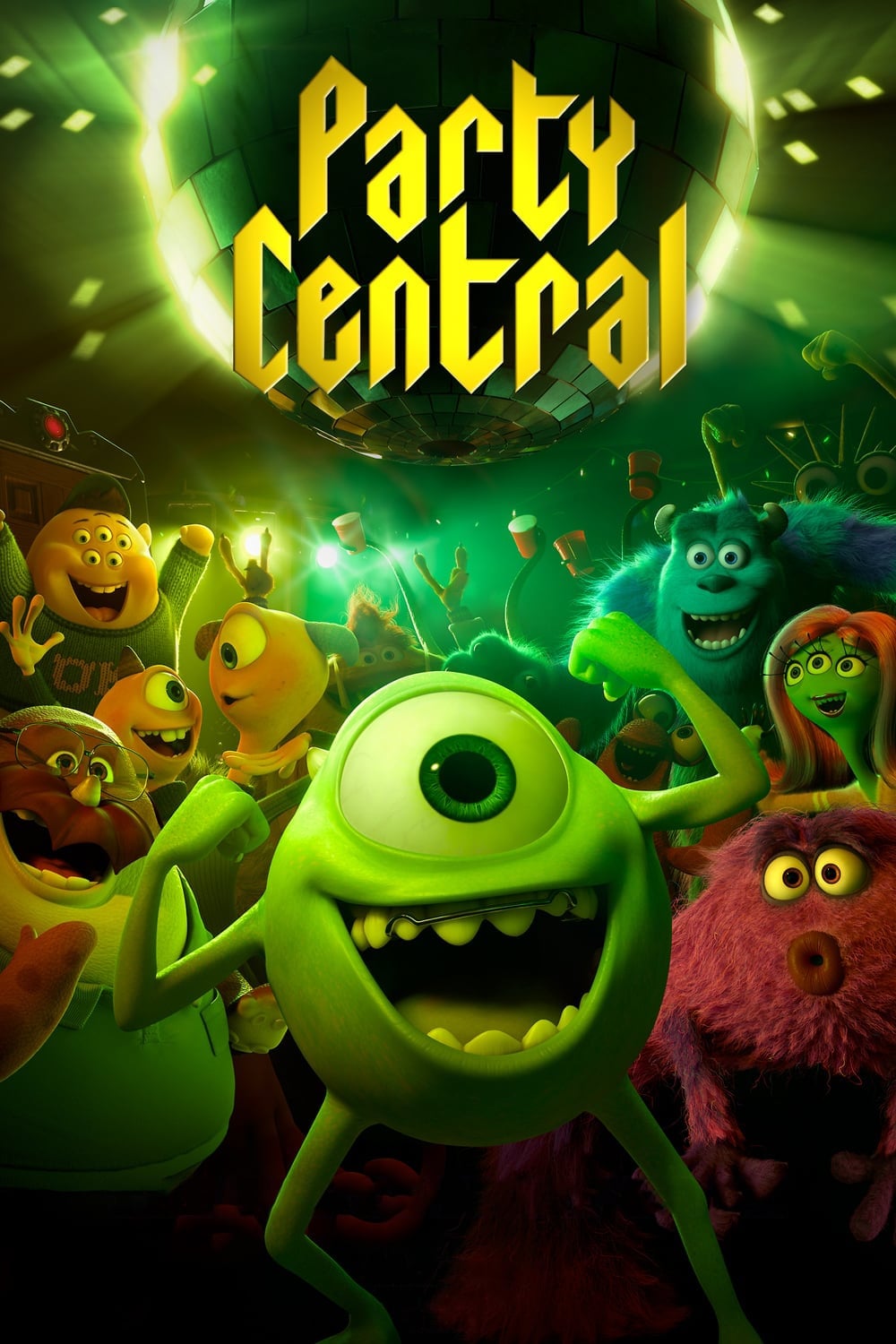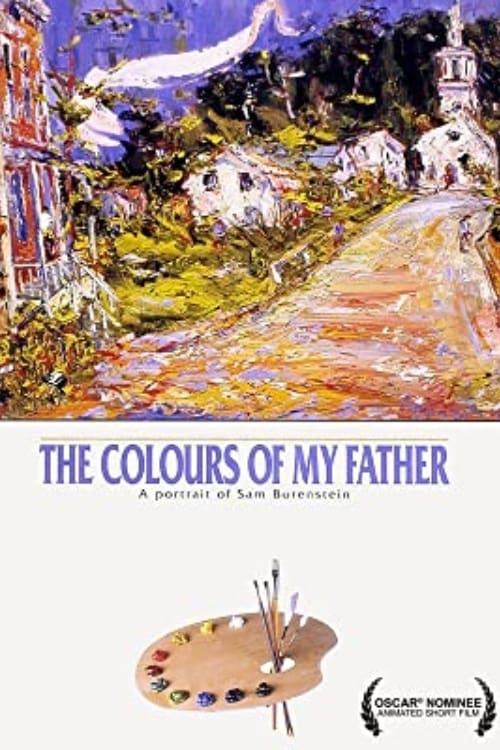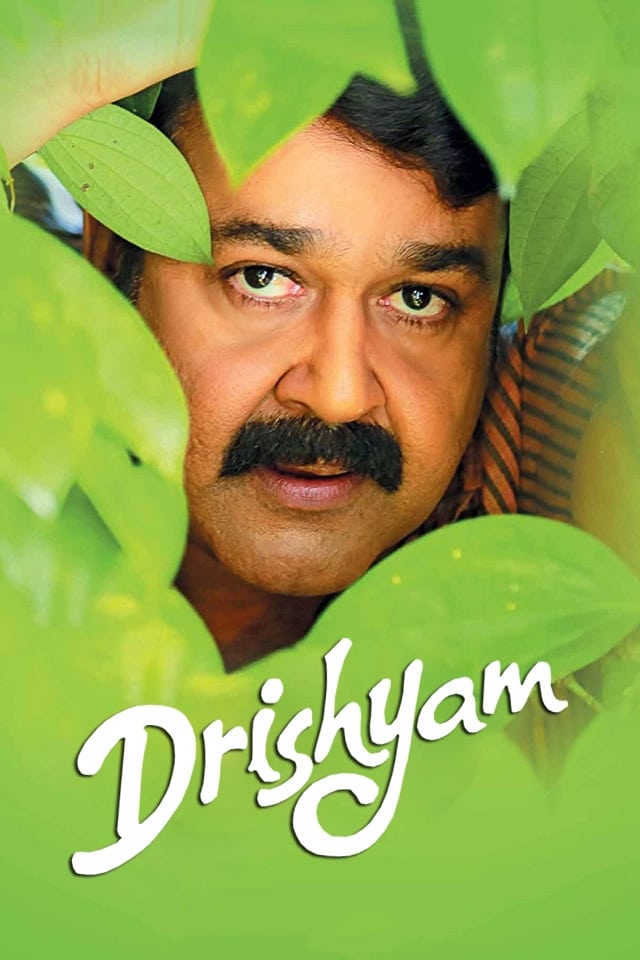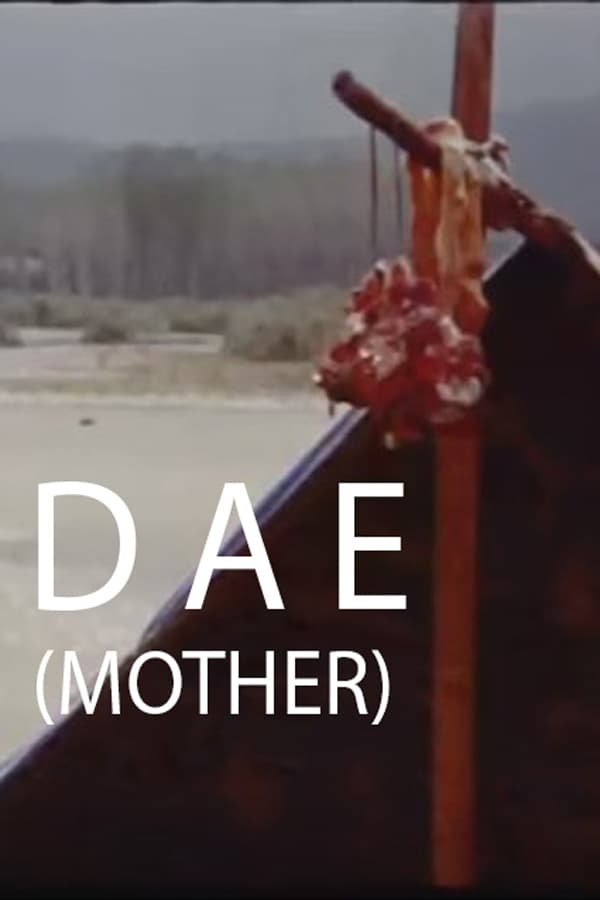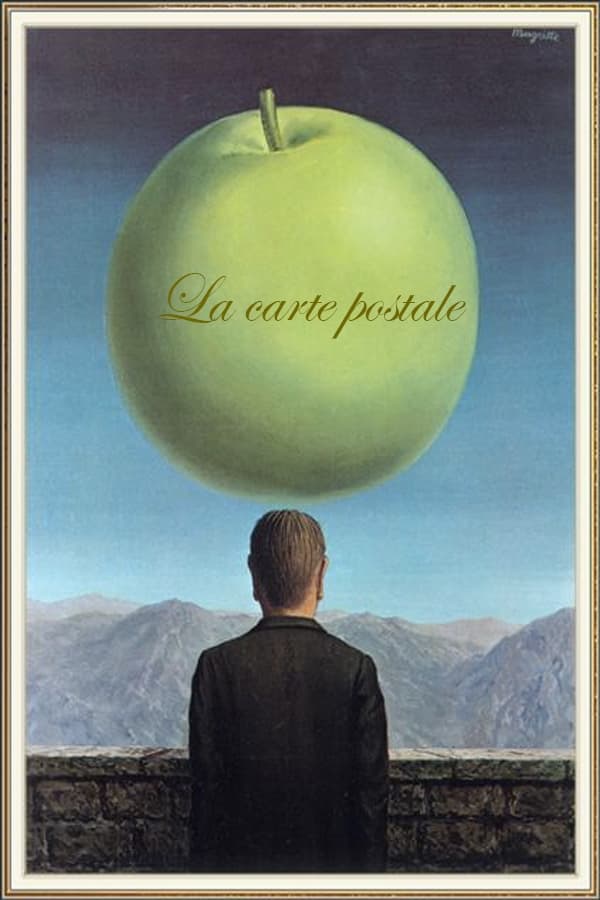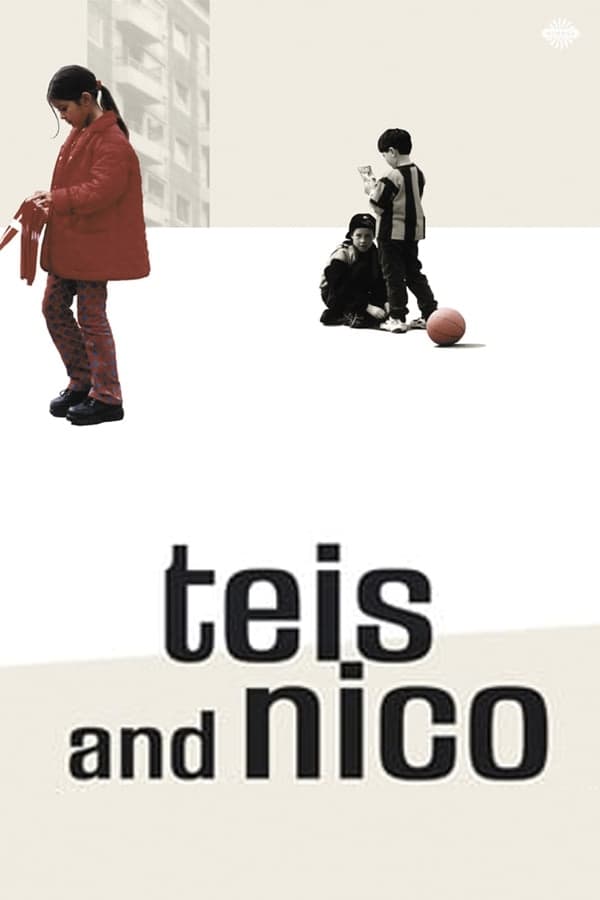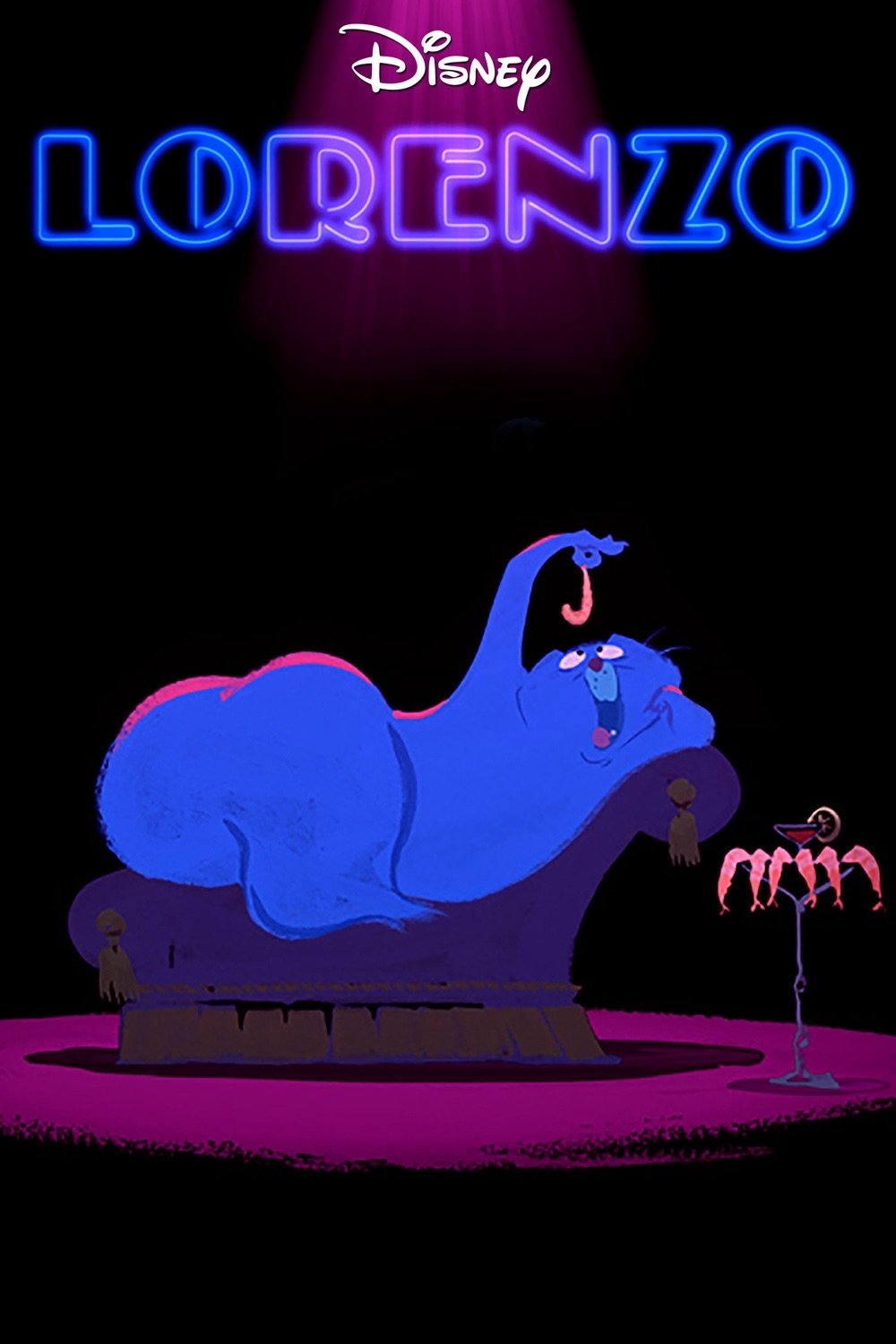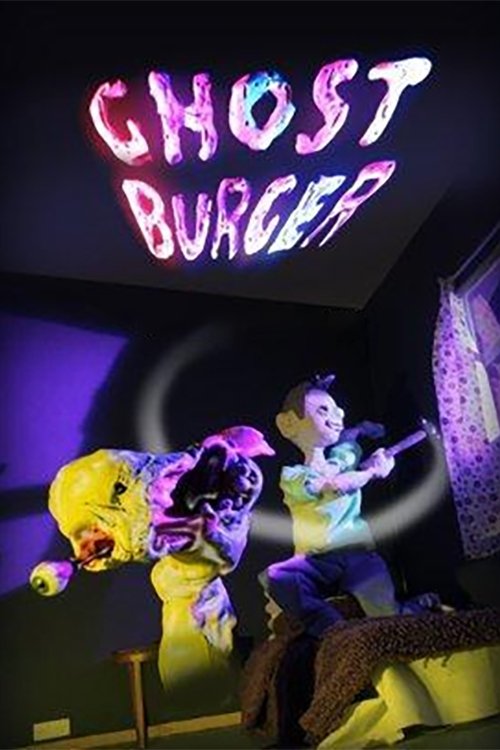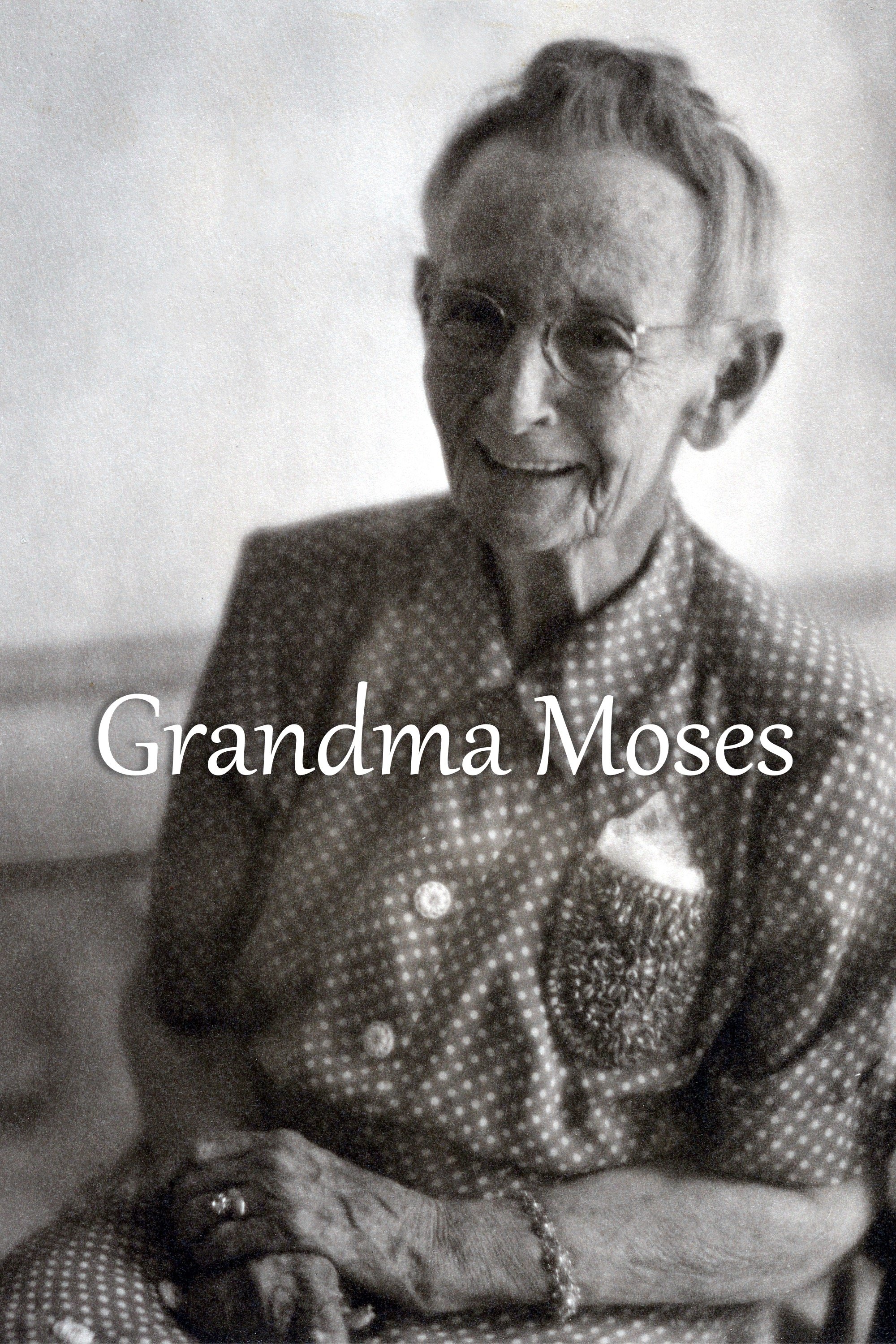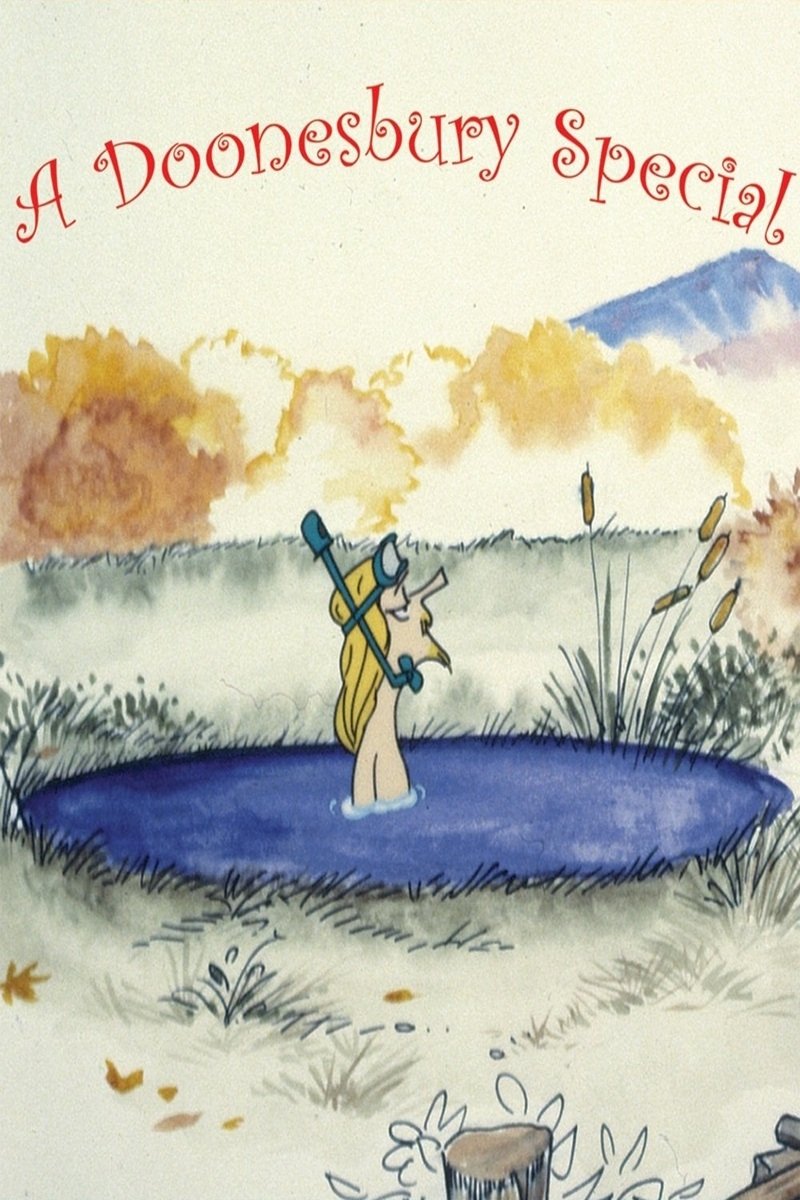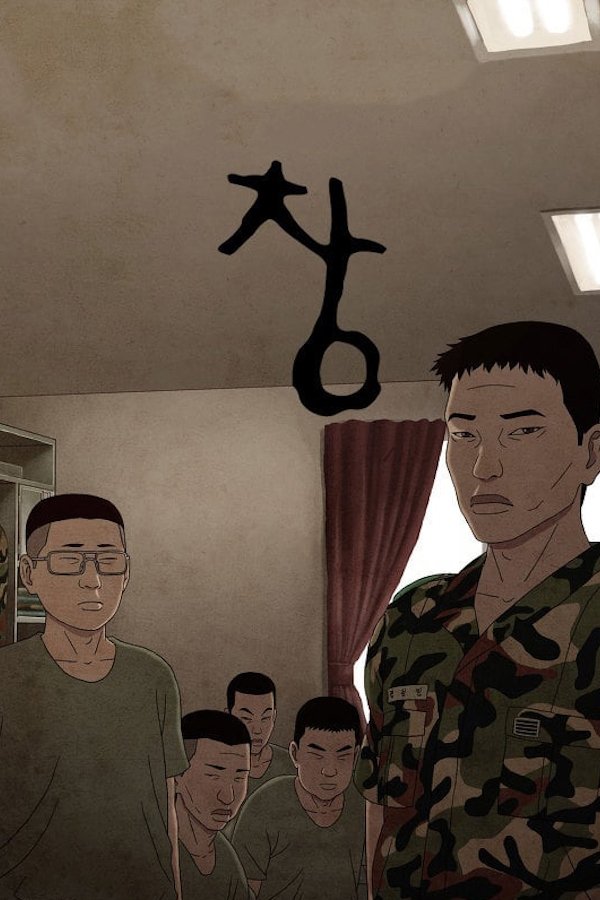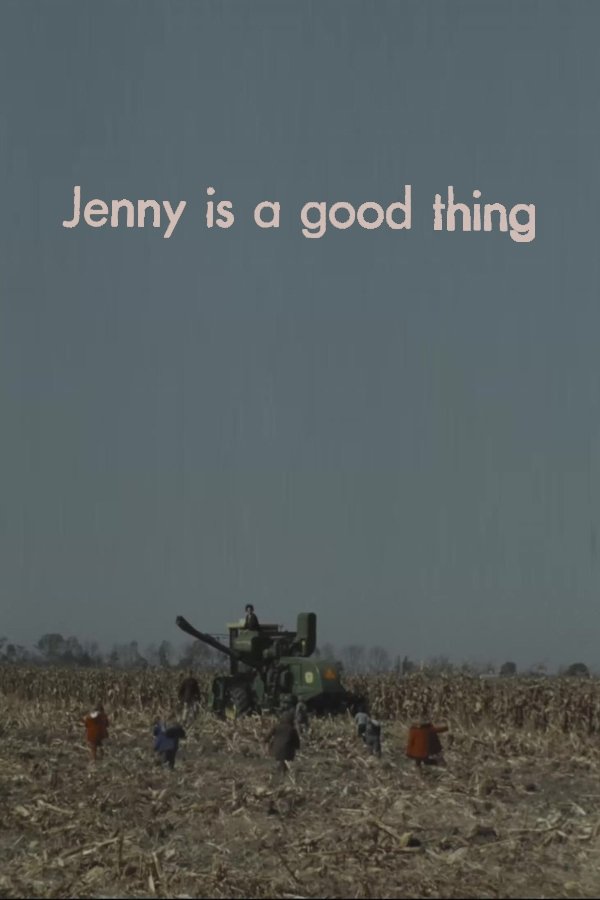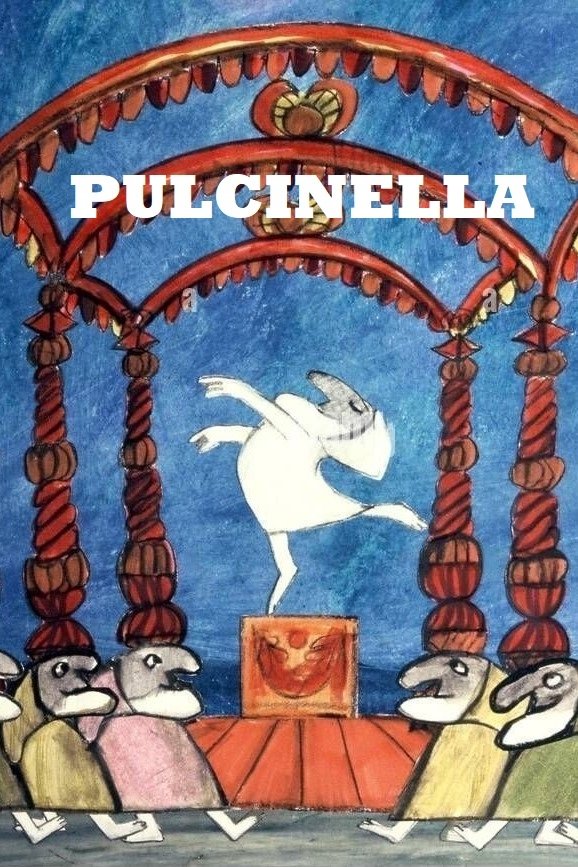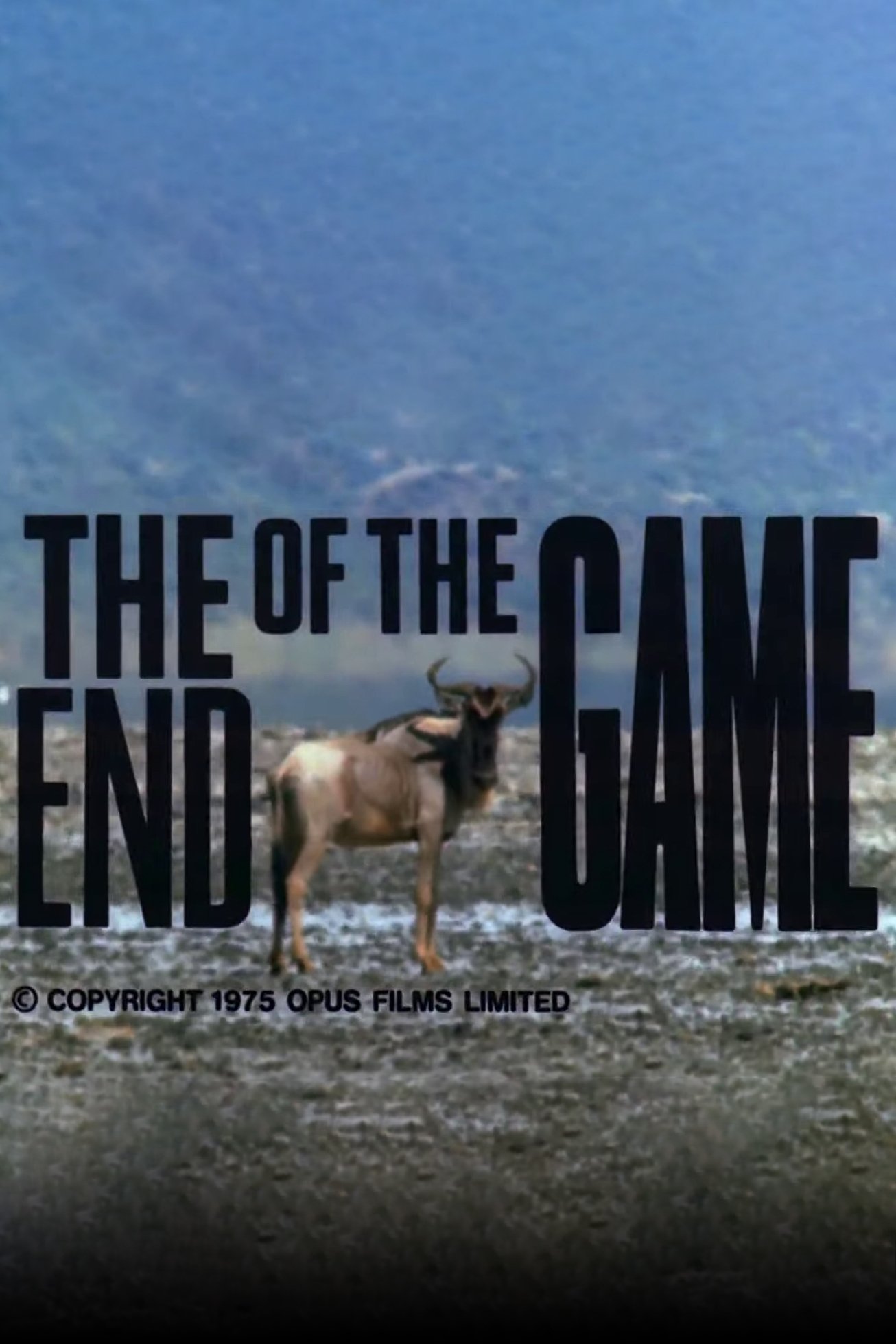Con Traje y Sin Zapatos
0
0.0(0 votes)
Documentary
Animation
Family
Overview
Links & Resources
Social & External
Production Companies

Cast & Crew
10 members
Acting
Clara Cebrián
Protagonista
No Image
Acting
Albina Caballero
Unknown Role
No Image
Acting
Modou ¨Akon¨ Thiam
Unknown Role
No Image
Acting
Enric Pellicer
Unknown Role
No Image
Acting
Sara Castro Cea
Unknown Role
No Image
Acting
Nicolás Tarlton Castro
Unknown Role
No Image
Acting
Rafa Caballero
Extra
No Image
Acting
Mari Caballero
Extra
No Image
Acting
Tano Caballero
Extra
No Image
Acting
Manolo Caballero
Extra
No Image
Similar Movies
Recommended Movies

No Recommendations Yet
We're working on finding the perfect movies for you. Check back soon!
More movies coming soon
